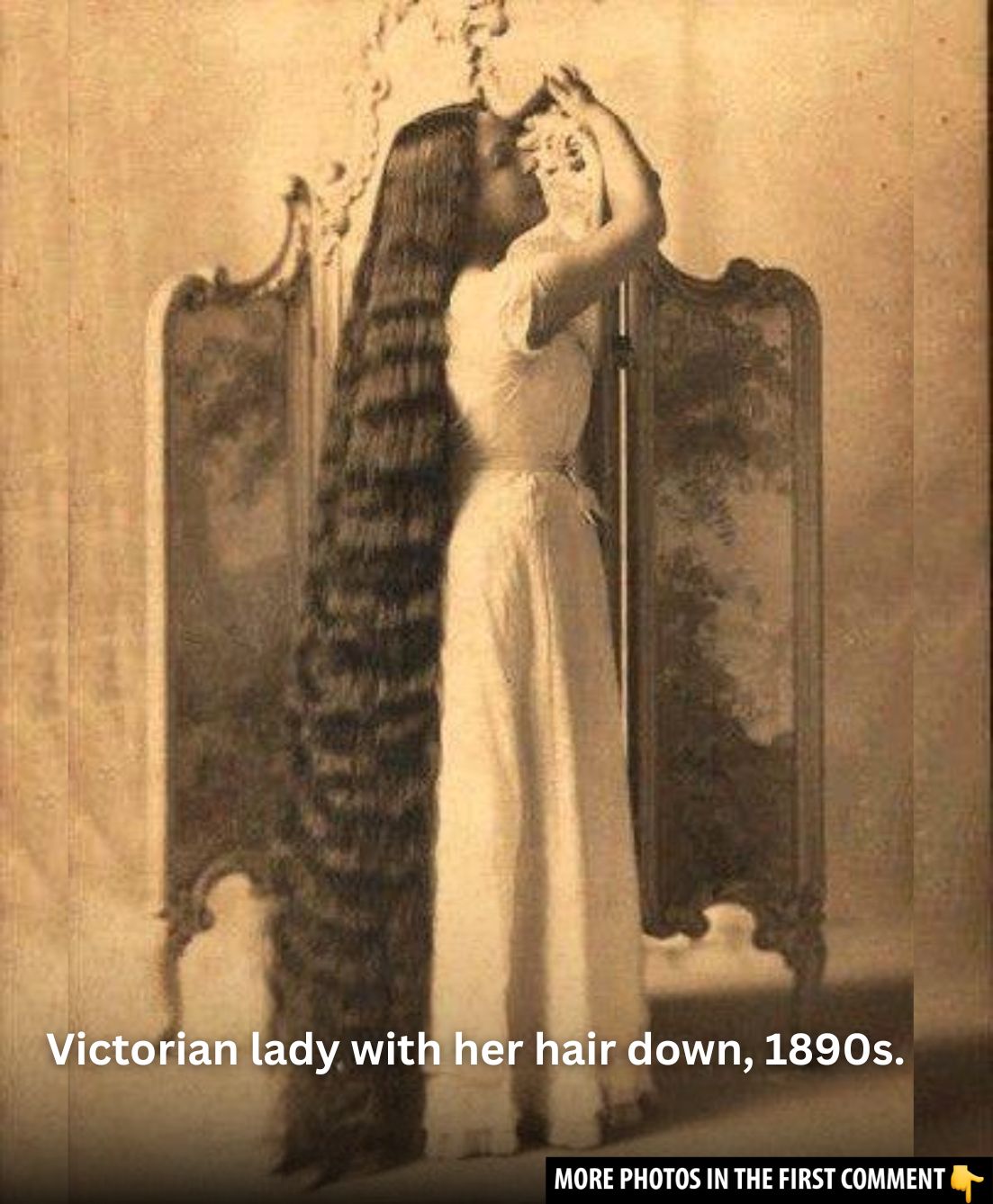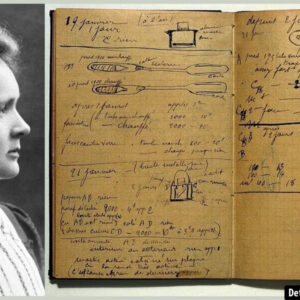In the Victorian era, a woman’s hair was far more than just a personal feature—it was a symbol of her femininity, status, and even her moral character. Long, flowing locks were regarded as a woman’s crowning glory, and their length and style spoke volumes about her place in society. Hair wasn’t just a matter of fashion but a cultural signifier, especially among the middle and upper classes. Women’s hair became an essential part of their identity, influencing how they were perceived in society. This cultural obsession with long hair in the Victorian period is reflected in portraits, photographs, and literature from the time, illustrating the deep connection between hair and female identity.
The Beauty and Labor Behind Victorian Hairstyles
Victorian hairstyles were intricate and labor-intensive, requiring hours of preparation and careful attention. Long hair provided the foundation for the elaborate updos that defined the era’s fashion. But growing long hair was only part of the process; it was often styled using additional hairpieces, such as rats (stuffed rolls of hair) or early versions of hair extensions, to add volume and fullness. These styles were not just for everyday wear but often a representation of a woman’s wealth and social standing. Wealthier women, in particular, had the luxury of time and resources to care for their hair and create styles that ranged from the simple and modest to the ornate and extravagant.

While hair maintenance was a daily task, it was the public display of hair that mattered most. The more elaborate the hairstyle, the more it communicated a woman’s social position. For many, the act of styling hair was almost a form of art, with attention to every detail and aspect of the style. Women who could afford it even employed maids or hairdressers to help them achieve the perfect look.
Video
A Victorian lady in the 1890s, with her hair flowing down, exudes the elegance and charm of the late 19th century.
The Concept of ‘Letting Her Hair Down’

The phrase “letting her hair down” is now commonly used to describe a woman relaxing or abandoning her usual decorum. But in the Victorian period, this act was far more literal. “Letting one’s hair down” was an intimate moment that was reserved for the privacy of a woman’s bedroom. It symbolized a departure from the strict social standards that governed her life in public. While in public, Victorian women were expected to wear their hair in tightly structured styles, often with hairpins, combs, and bonnets, creating a controlled and polished look.
But in the privacy of her home, a woman’s long hair could fall loose, an act that reflected both personal freedom and sensuality. These private moments of letting the hair down became a metaphor for the woman’s inner self—away from societal expectations and able to express herself freely. Of course, this was a privilege reserved only for those with husbands or trusted servants, and even then, it was not a common sight for outsiders.
Fashion and Femininity: Hair as a Symbol of Sexual Appeal
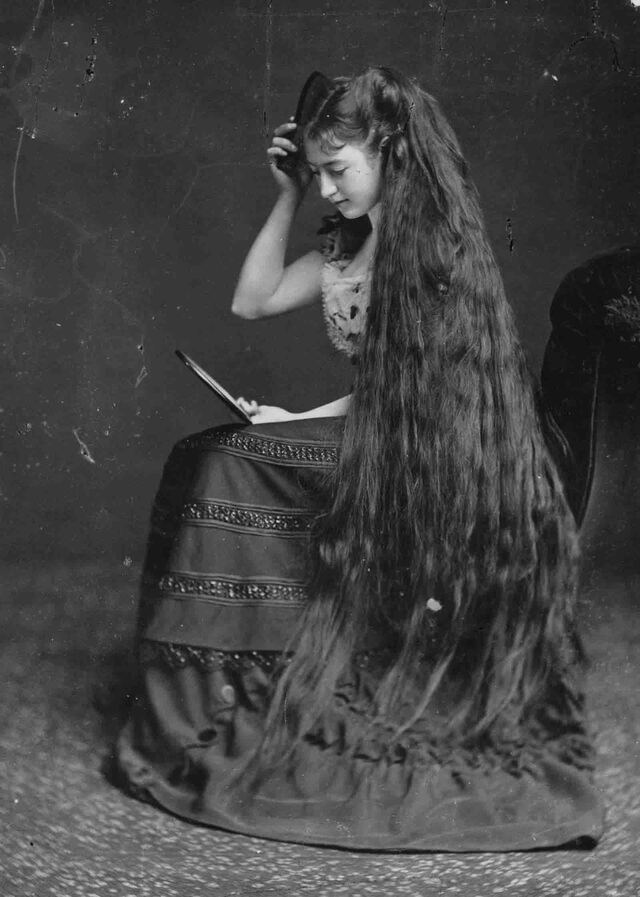
Victorian culture often linked long, flowing hair with sexual appeal and femininity. The portrayal of women in paintings, photographs, and advertisements showed them with long, abundant locks cascading down their backs—often portrayed as the epitome of beauty. These representations reinforced the connection between long hair and a woman’s sensuality, which was simultaneously admired and controlled. In fact, some critics and reformers of the time thought of this cultural ideal of long hair as problematic, as it emphasized an objectification of women’s beauty.
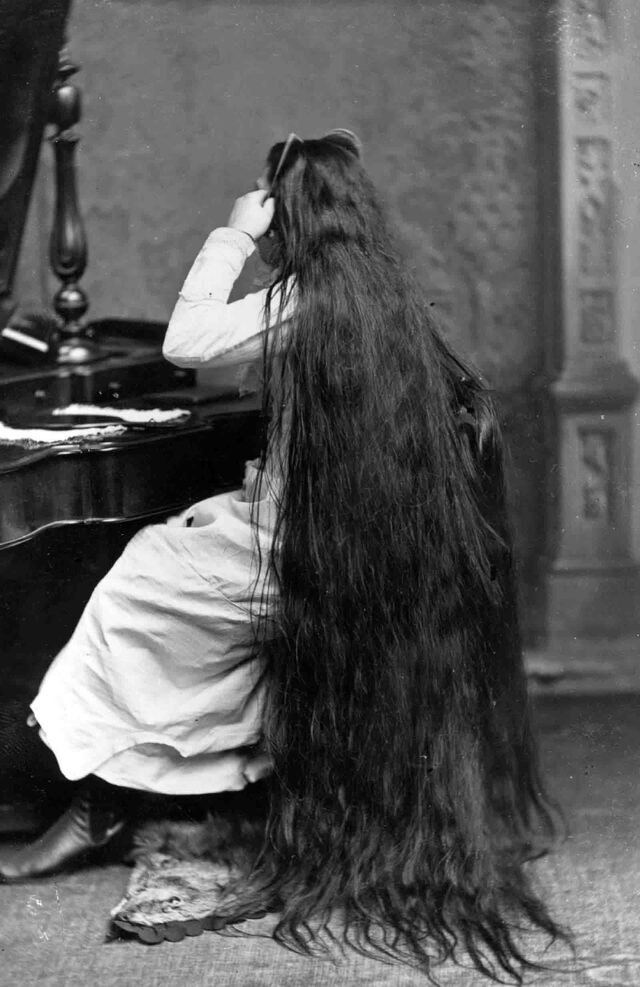
While it was mostly acceptable for models, actresses, and women in the arts to wear their hair down, these portrayals often set the standard for how women were expected to look in public and in their personal lives. Long hair became an idealized feminine trait, representing beauty, grace, and vulnerability. However, the intimate act of loosening one’s hair was seen as an indulgence, too sexual for respectable society. The act of letting hair down was largely confined to the private sphere and outside the gaze of the public eye.
The Realities of Long Hair for Victorian Women
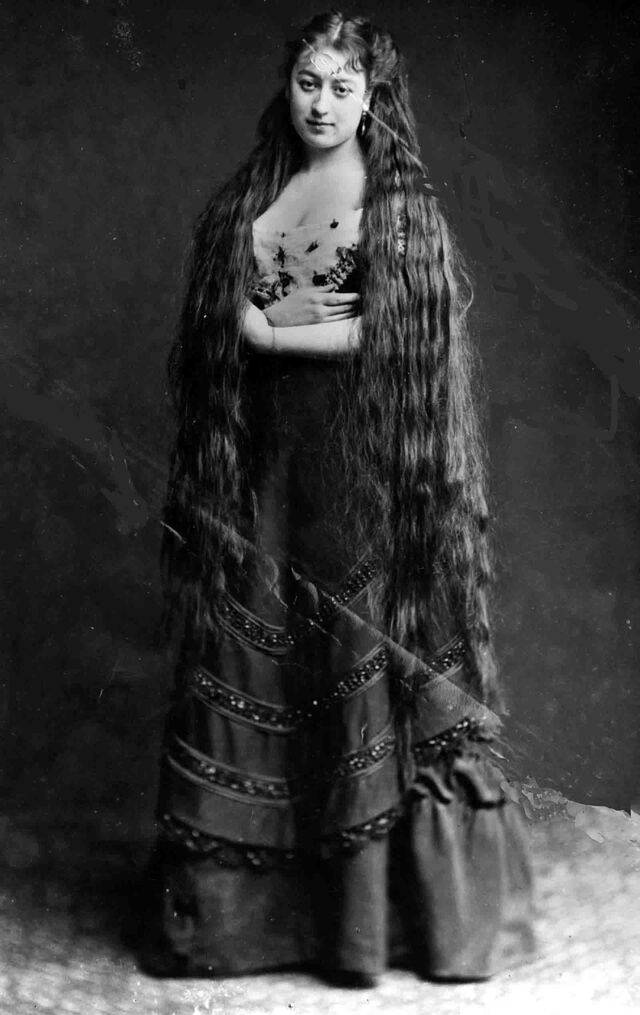
Though long hair was a symbol of beauty and femininity, maintaining it was a practical challenge, especially for women in the working classes. The task of growing and caring for long hair, often without access to proper hygiene or salons, made it difficult for women in poor conditions to maintain the ideal. Despite this, some women resorted to selling their hair for financial gain, as long, healthy hair was in demand for wigs and hairpieces. It’s a sobering reality that while long hair symbolized wealth and status for the upper classes, it was often a commodity for the less fortunate.

For many women, hair care was essential to their image and was closely tied to cleanliness, which was of paramount importance during this period. Victorian society was deeply concerned with appearances, and women were expected to adhere to strict standards of cleanliness and grooming. Hair needed to be kept clean, shiny, and well-maintained. If a woman’s hair looked unhealthy or unkempt, it could imply that she was not living up to the social expectations of femininity.
Hair as a Reflection of Social Class and Respectability
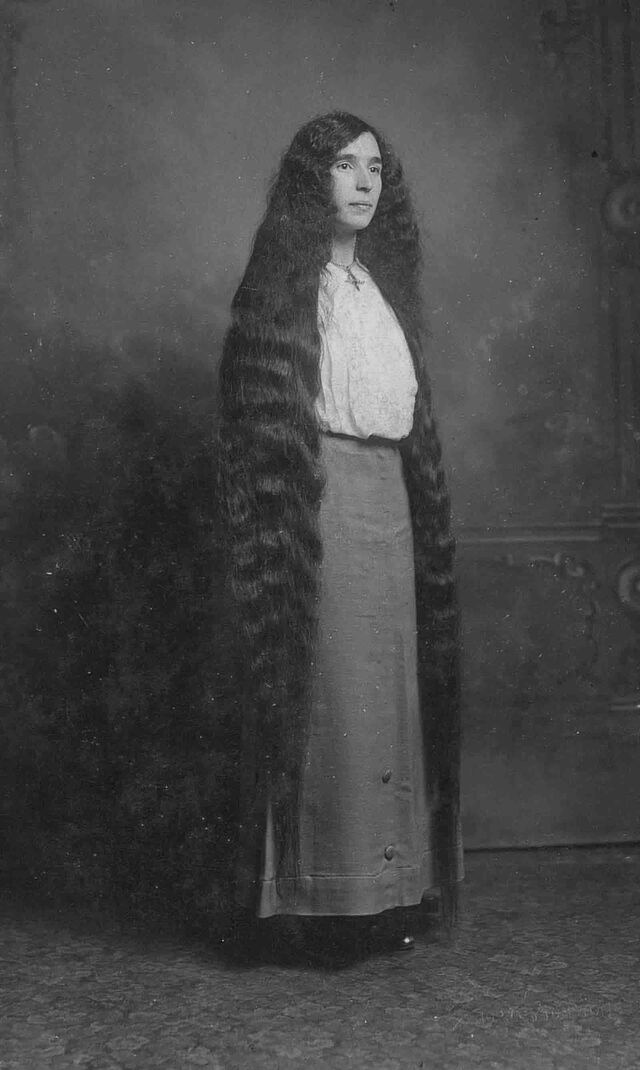
The importance of long hair was not just aesthetic but also deeply embedded in the class structure of Victorian society. For the upper classes, the ability to maintain long, glossy hair was a visible sign of their status. Women of higher social ranks were expected to have the resources to care for and style their hair meticulously. Conversely, women from the working class were often unable to spend the time or money required to maintain long hair, leading to practical hairstyles that were more manageable.
The distinction between women’s hair in different social classes was stark. While upper-class women could afford the luxury of elaborate hairstyles and the care that came with them, women from poorer backgrounds often wore their hair simpler or even cropped short, especially if they worked in factories or other labor-intensive jobs. The act of growing and maintaining long hair was a luxury reserved for women who had the time, space, and financial resources to make it happen.
Conclusion: The Lasting Legacy of Victorian Hair Culture
The cultural obsession with long hair during the Victorian era still resonates today, both in terms of beauty standards and societal expectations. While today’s beauty ideals may have shifted away from the strict, controlled hairstyles of the Victorian period, the legacy of how hair was used to express femininity and social status remains. In modern times, hair continues to be an essential form of self-expression, a reflection of individual identity, and an indicator of social position in many cultures.
The cultural shift toward more liberated and diverse representations of beauty has moved away from the ideals once held in the Victorian era. However, the Victorian emphasis on hair as a symbol of a woman’s status and femininity paved the way for the ongoing cultural importance of hair throughout the 20th and 21st centuries. Today, while hairstyles may change, the role of hair in signaling personal identity and cultural values remains as significant as ever.
Gallery: Victorian Women and Their Long, Majestic Hair
Featuring iconic images of Victorian women, showcasing the fashion and beauty standards of the time.

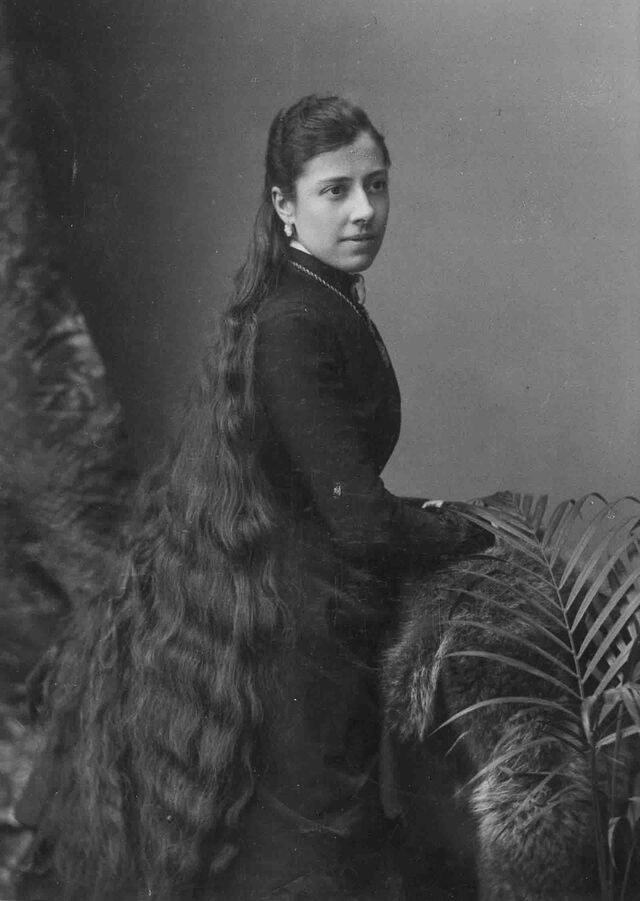
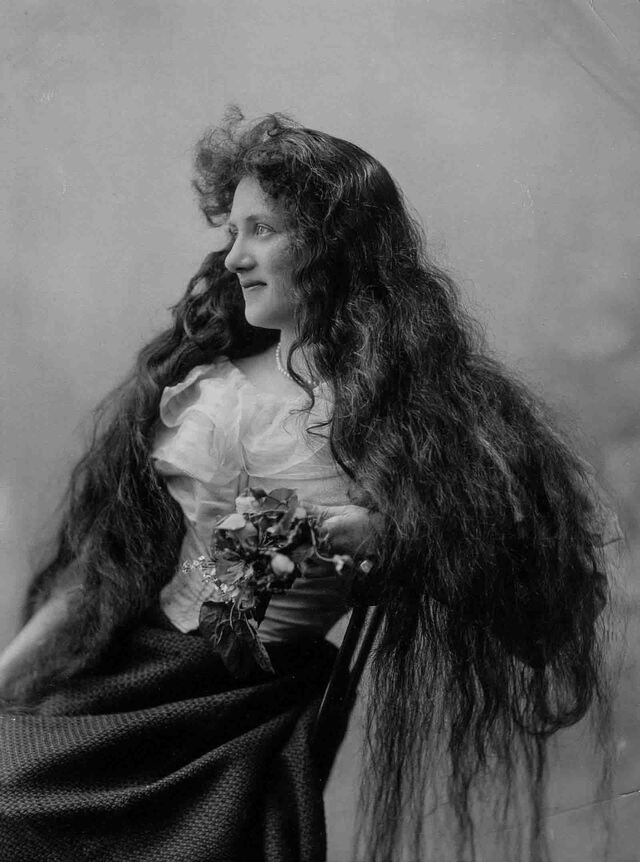

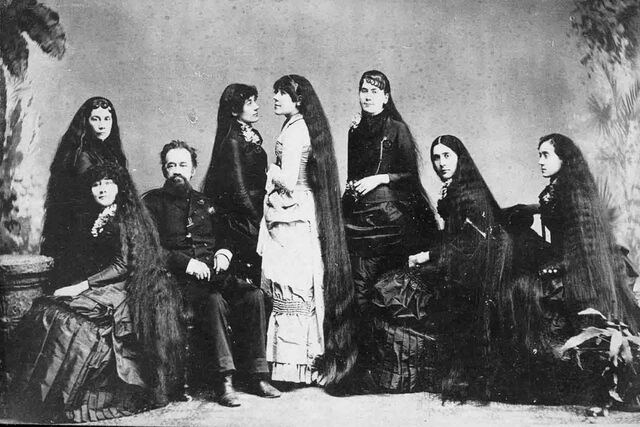
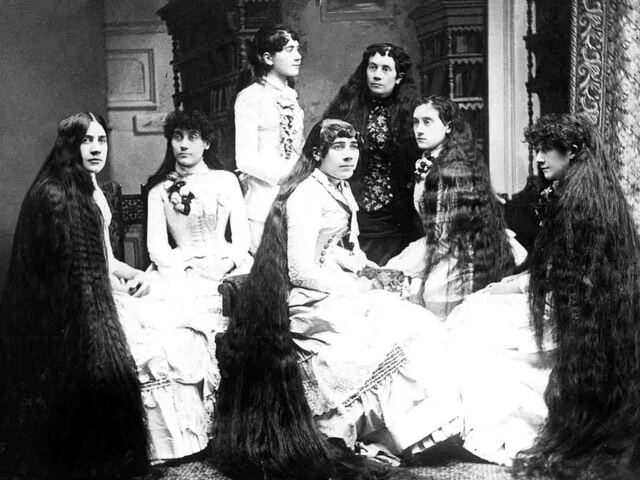

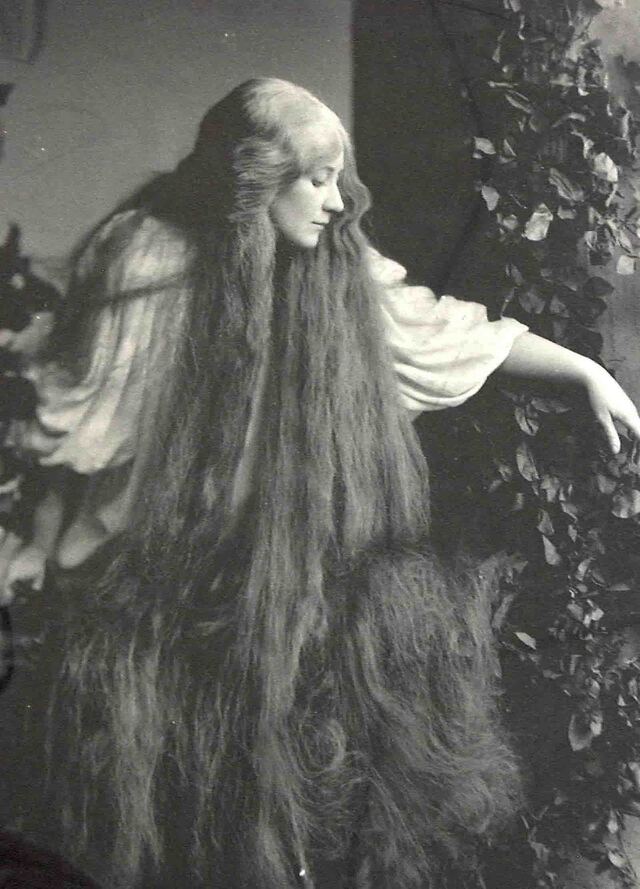
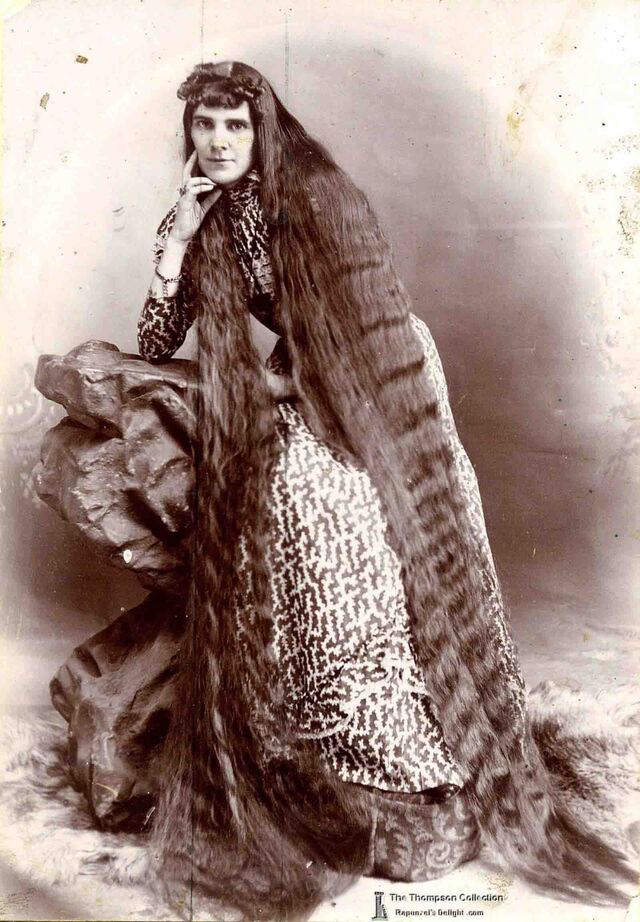
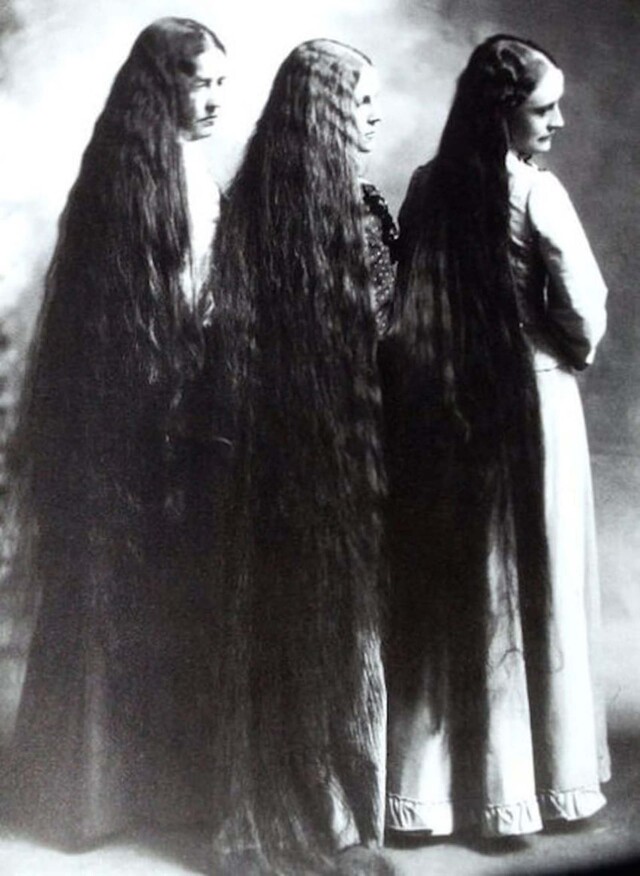
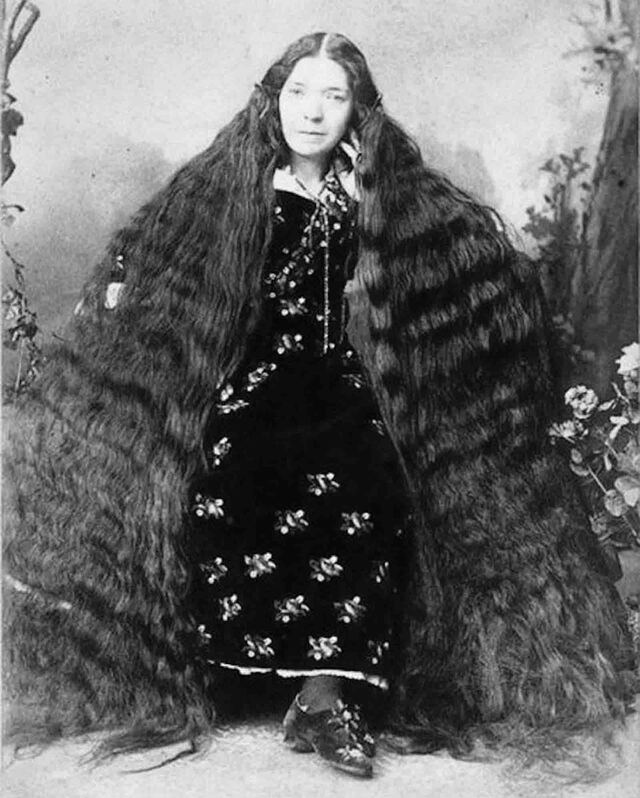
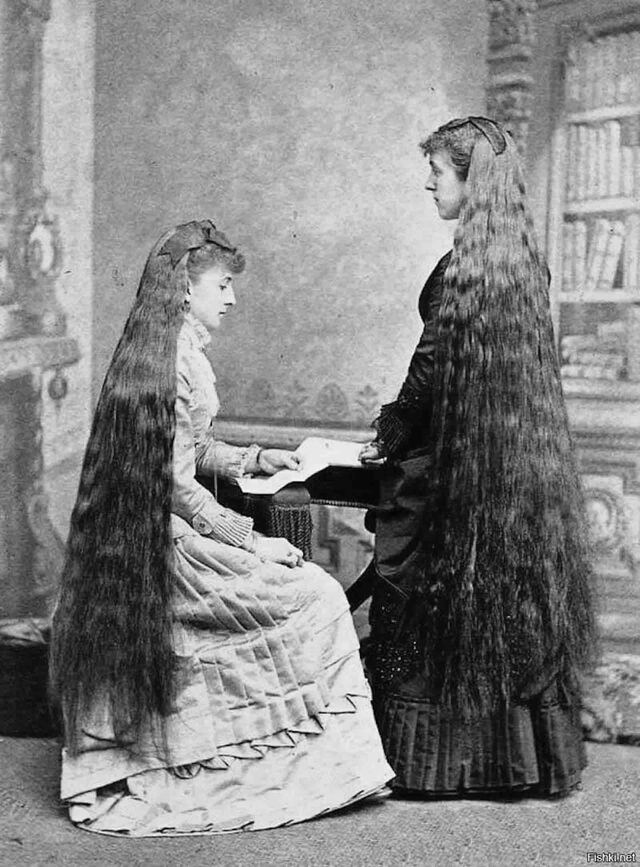
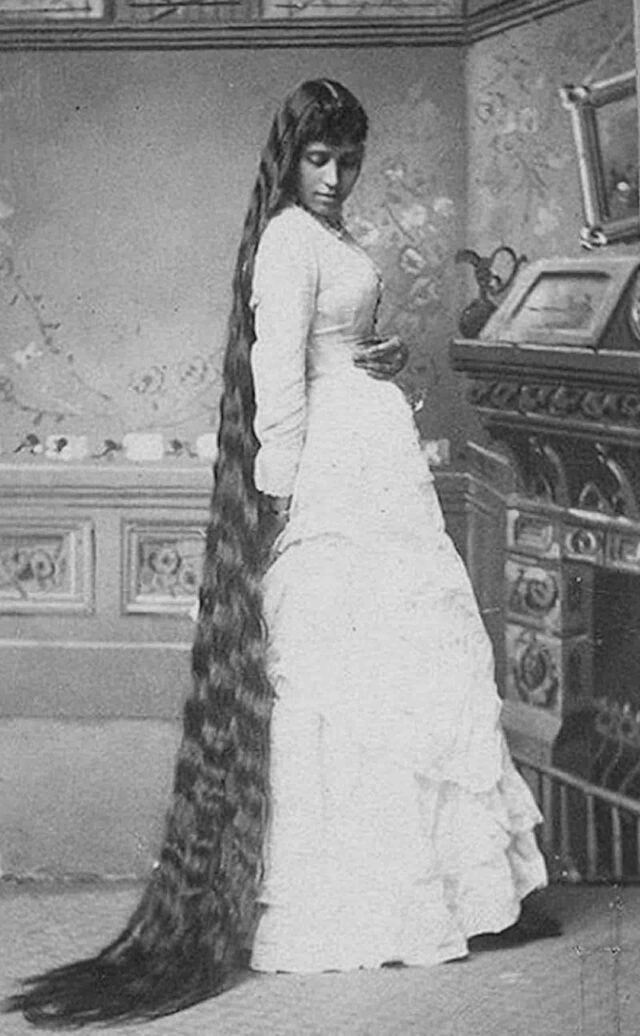
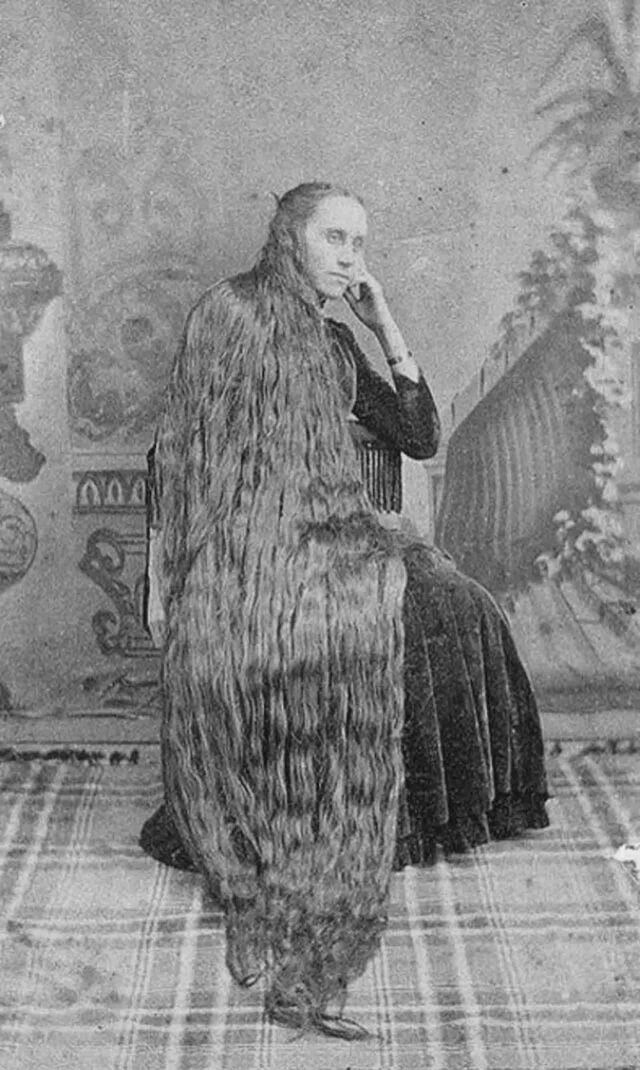
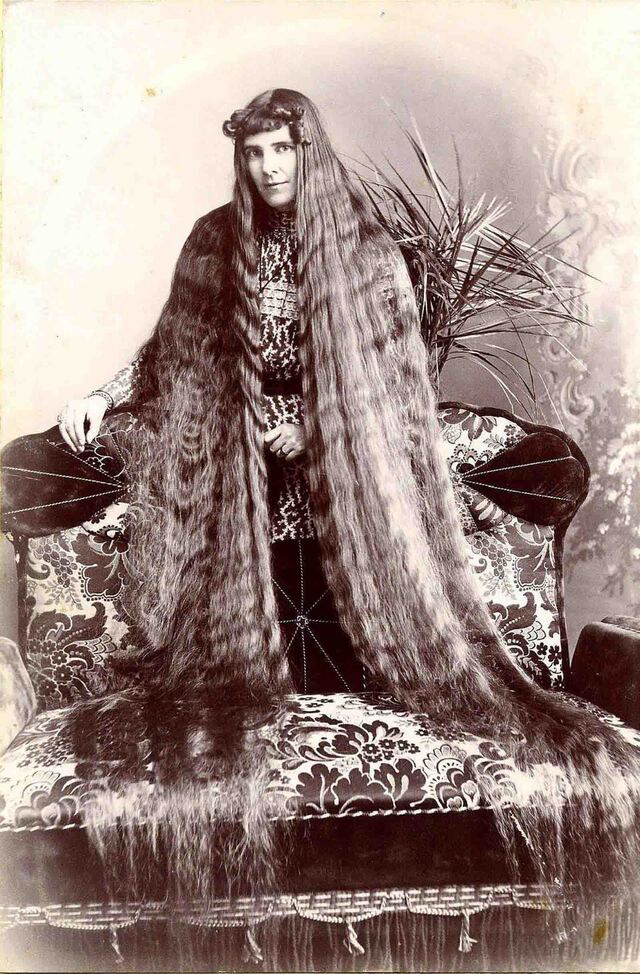
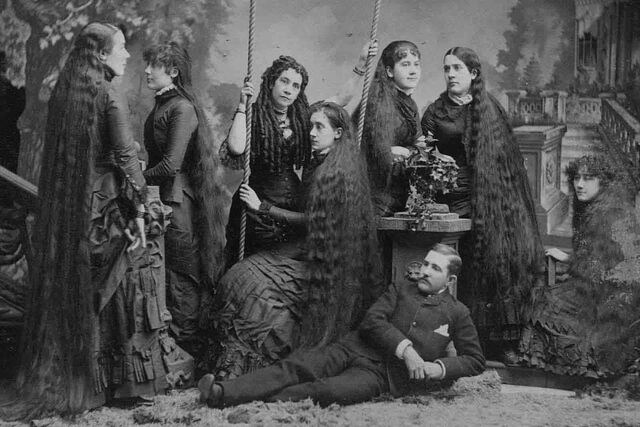
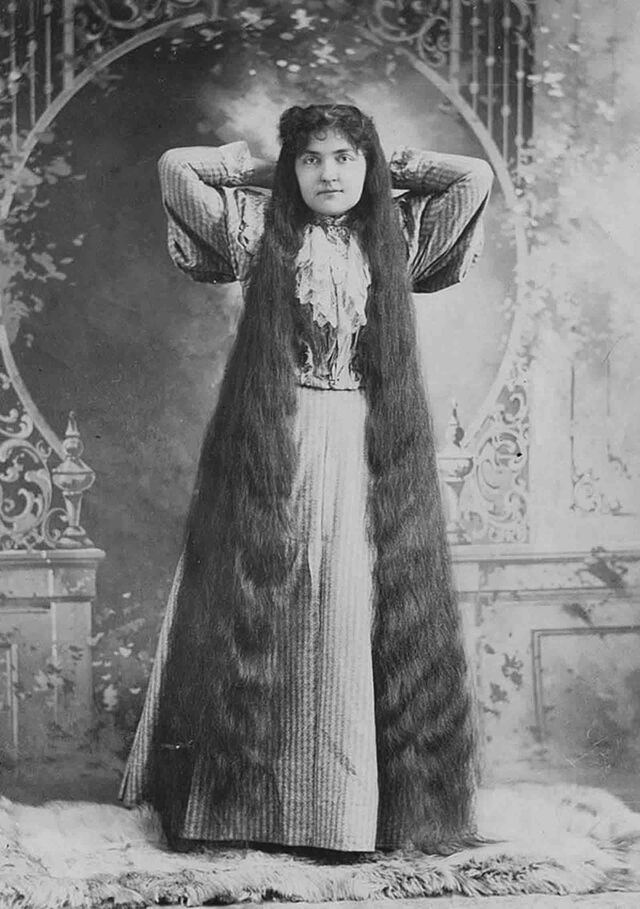
Video
Watch the video “What Was Hygiene Like In The Victorian Era?” to discover how people maintained cleanliness during that time.
